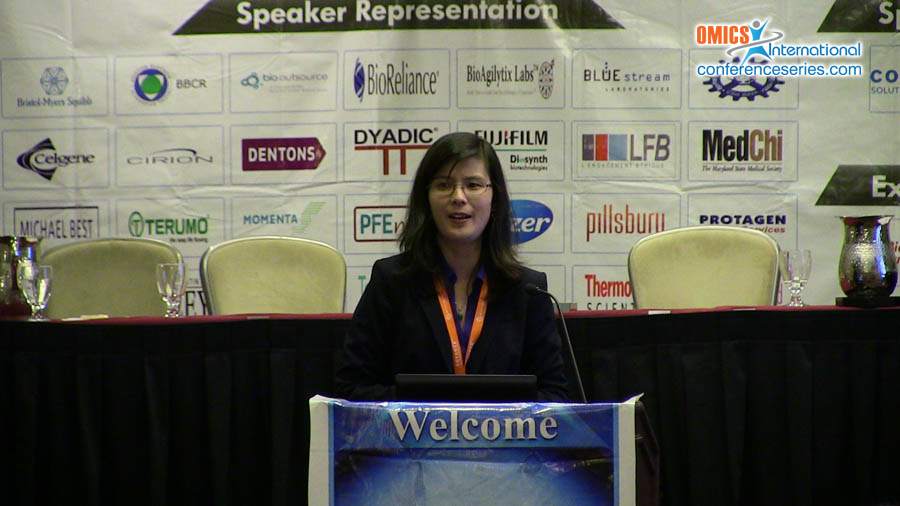
Jenny Chen
Wolf, Greenfield & Sacks, P.C, USA
Title: Clearing the path for market entry before the USPTO
Biography
Biography: Jenny Chen
Abstract
When it comes to clearing the path for market entry of biosimilars, there are several options available before the U.S. Patent and Trademark Office (USPTO), including post-grant reviews, inter partes reviews (IPR), and ex parte reexamination. Introduced by the America Invents Act (AIA), post-grant reviews are available within nine months after issuance of a patent filed after March 16, 2013 to any party other than the patent owner. It allows patents to be challenged on essentially any patentability basis, including patentable subject matter, prior art, and enablement/written description requirements. IPRs were also introduced by the AIA as a counterpart to post-grant reviews. IPRs can be initiated immediately after issuance of a patent filed prior to March 16, 2013 or after the nine month window for filing a post-grant review in patents filed after March 16, 2013. It allows patents to be challenged only on the basis of anticipation or obviousness, and only based on printed publications. Finally, ex parte reexamination has been available since 1981 and remains available under the AIA. Through ex parte reexamination, the patent owner or a third party may lodge a request for USPTO reexamination of an already-granted patent based on patents and printed publications that they bring to the USPTO’s attention. The requester must establish that the submitted prior art establishes a substantial and new question of patentability. For some time, patent attorneys have known the advantages of challenging patents before the USPTO through the above-noted procedures, instead of or in addition to litigation. Such advantages include (i) there is no presumption of validity in the USPTO; (ii) post-grant procedures are quicker and relatively cheaper than litigation; and (iii) discovery is much more limited. As a result, these options should be carefully considered in the lead-up to market entry.

